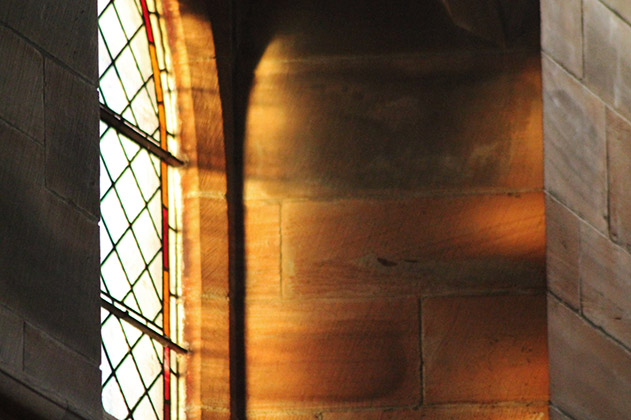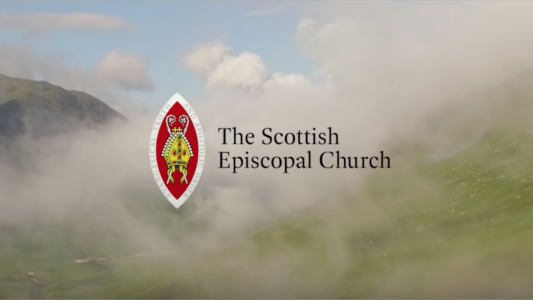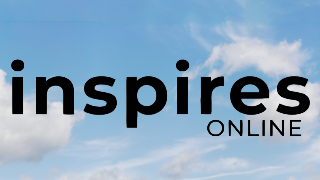Our church buildings act as places where the congregation and local communities come together for worship and other social activities. Not only should our buildings offer a welcoming and worshipful environment, but they must also be safe. This applies to the people who use them as well as the volunteers and workers who maintain our buildings. Health and Safety (H&S) legislation applies equally to professionals working in our buildings as to volunteers.
There is a lot of information available to help you ensure that your church and associated buildings offer a safe environment. In this toolkit we provide guidance you might need to ensure that you comply with the law and keep everyone safe.
Here you can find a general introduction to these topics, please see below for detailed guidance.
Who is responsible for Health and Safety?
Unless the Constitution states otherwise, the Rector together with the Vestry are responsible for the maintenance of the church property (Canon 60). Normally the management of church properties is delegated to a Fabric sub-committee whose convener is responsible for overseeing activities and reporting to vestry. One of the responsibilities of the Fabric/Property Convener is to be aware of statutory responsibilities in relation to buildings and H&S matters (SEC website).
What are the statutory responsibilities?
The 1974 Health and Safety at Work Act is the main piece of legislation for employers and there are several sets of regulations deriving from it, not all of which will be relevant to charges. Even when a vestry has no employees, and ordained ministers are not classed as such, the Health and Safety Executive who police the Act takes the view that volunteers should be given the same level of protection as employees.
The basic duties under the Act are:
- Employers have a duty to ensure, so far as reasonably practicable, the health and safety and welfare at work of all their employees.
- Employers must ensure, so far as reasonably practicable, that persons not in their employment are not exposed on their premises to risks to health or safety.
So how do we meet these responsibilities?
The Vestry should ensure that they are aware of the hazards and risks which might be faced both by their congregation and by volunteers and persons employed by them to carry out specific tasks. A hazard is anything that might harm a person while a risk is the likelihood that a person may be harmed or suffer adverse health effects if exposed to the hazard. For more information on risk assessments click here.
If you have an employee then the charge should display a Health and Safety at Work poster in a prominent place. The contact details of the person responsible for Health and Safety must be shown on it. However, even when work is being done by volunteers it is recommended that you display one.
By law places having 5 or more employees need to have produced a written Health and Safety policy, however it is recommended that all charges do this.
For more information on the poster and policy click here.
In the case of an incident, first aid kits should be available in all church premises, there should be an accident book for recording incidents and there may be a requirement for the accident to be reported to the government. For further information click here.
The Fire (Scotland) Act 2005 places a responsibility on charges to carry out a fire risk assessment of the premises and to identify risks and identify actions to control those risks. The duty holders in the Scottish Episcopal Church are expected to be the Vestries and Clergy. More information can be found here.
When do we need to worry about risk?
There are 3 main scenarios where risk needs to be addressed.
First, is the building safe for the persons who use it? This may be simply addressed by vestry members inspecting the building, noting potential hazards and the devising ways of removing or minimising the problems. Records should be kept of actions taken. Further details on how to comply with the legislation and how to carry out a risk assessment can be found here. Such inspections should also include checks on equipment, click for more information on equipment safety checks here, and fire risk assessment here.
Second, when work is to be undertaken on the building or its grounds a risk assessment must have been undertaken before any work starts.
When the work is to be carried out by a contractor then the responsibility for addressing Health and Safety issues lies with the contractor, however the Vestry should ensure that the relevant risk assessments and Construction Safety Plan have been carried out by the contractors.
If the work is to be carried out by volunteers, then the Vestry must ensure that a risk assessment has been carried out and recorded.
Third, when a church event is planned have the possible hazards been considered.? Click here for further guidance on events safety. If food is being provided then hygiene is also a consideration, see this page.
Detailed Health & Safety Guidance
Detailed guidance on specific aspects of health and safety can be obtained by clicking on the subheadings in the Toolkits Content section below.
Toolkit Contents








